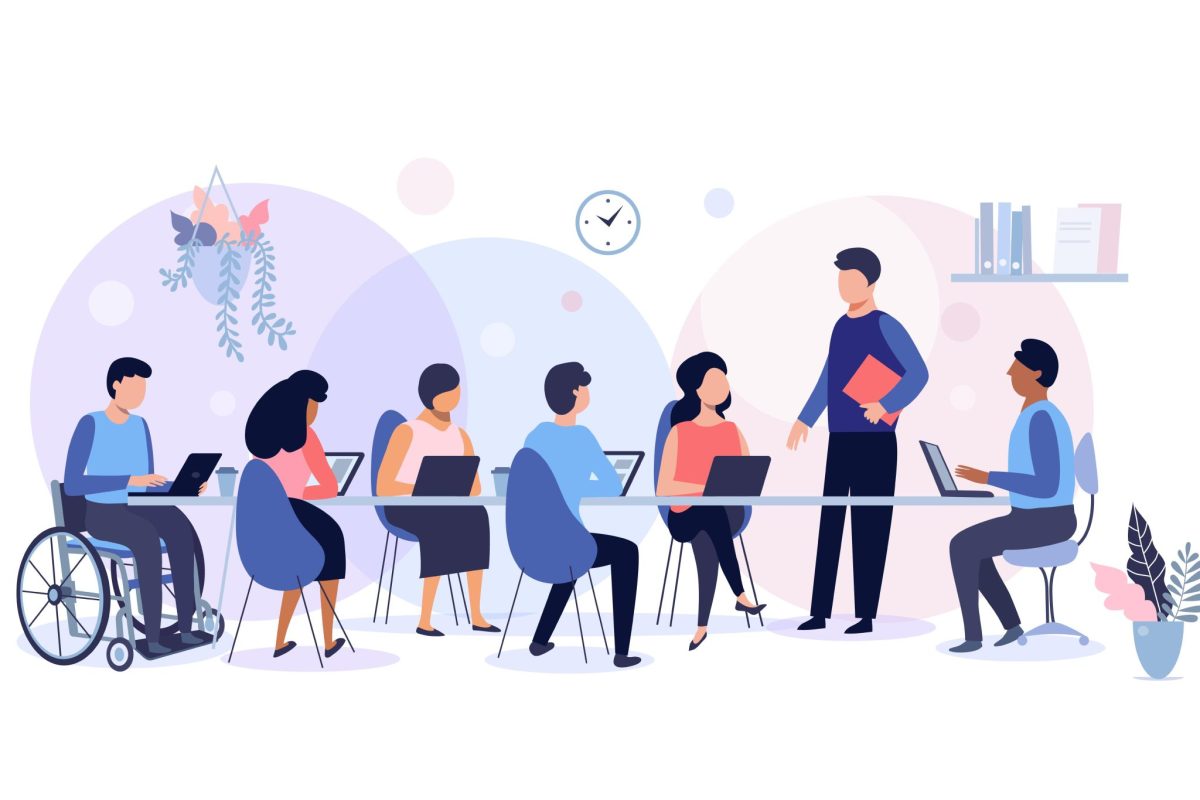However, nearly 2.9 billion people worldwide are not able to engage with the digital economy due to their lack of access to the internet, according to Tech Republic.
Other areas where individuals are left out include sensory impairments that add challenges to working in digital environments, such as visual, auditory, or physical impairments.
With more than 30 years of publicly available World Wide Web access and so many technological advancements, it is both amazing and frustrating to witness the digital divide still affecting so many people. The lack of inclusive access leaves out talent in areas such as healthcare, banking, education, communications, and many more.
What Are Some Factors Limiting Digital Inclusion?
When people or small businesses around the world do not have equal access to the internet and information and communication technologies (ICT), they suffer from a digital divide. This divide affects 42% of men and 52% of women worldwide and varies greatly according to region. The western world far outpaces places like Africa, for instance. One reason for this is the lack of full expansion of 5G technology.
Further, there is the point of digital literacy, which means the learning method enabling people to gain the necessary skills to fully enjoy the benefits of using the internet, which include:
- Educational
- Economic
- Social potential
With optimal digital literacy, people are able to stay updated with existing technologies, properly communicate in online environments, manage ideas in a digital atmosphere, and work with or manage teams leveraging today’s technological resources.
Digital inclusion and digital literacy go hand in hand, one feeding into the other. Without digital inclusion, it is nearly impossible to achieve digital literacy without the immersive factor. However, once digital inclusion is possible, so is digital literacy. People will learn with the proper resources.
4 Digital Inclusion Trends in 2023 to Serve All Customers
Digital inclusion planning has become increasingly important in the U.S. and worldwide over the past several years in our ever-expanding global economy.
Here are four ongoing digital inclusion initiatives for 2023 set on bridging the digital divide.
1. ESCAP Continues Working on Behalf of Women in Asia and the Pacific
Women in the Pacific and in Asia have long struggled with various factors to have reasonable access to the internet. Despite increasing opportunities in recent years, women still experience challenges. The gender gap limits their access to smartphone ownership, and they receive lower pay, less education, and lower levels of financial literacy.
The numbers show that the Asia-Pacific region struggles greatly, with more than 2 billion people who have been left behind in the digital world.
ESCAP continues working with the Griffith Asia Institute to create a framework to develop a policy and regulatory environment enabling poor individuals and women to benefit from various digital financial services and products.
2. Broadband Digital Inclusion Planning Programs
With broadband programs, governments and coalitions are creating programs, running from regional to statewide. They focus on various broadband and digital inclusion initiatives and rely on grant programs, dedicated staff, and outcome-based measurements.
Take Chicago and Philadelphia as pioneering examples, creating citywide coalitions with a laser focus on digital inclusion. Many cities, towns, and states across the U.S. are now following in their footsteps to call upon stakeholders to assess needs and assets to develop programs that get results.
The Kansas City Coalition is on a mission to ensure every household in the Kansas City metropolitan area has internet access and the devices needed to use it.
3. USAID Works to Increase Connectivity and Digital Access Across the U.S.
The revolutionary and rapidly available number of mobile and digital technologies in the past few decades has changed how people live, work, and communicate every day. It allows people and businesses to exchange ideas in an instant. However, there are still too many exceptions that leave out people who can bring valuable ideas to the table.
USAID reports that 1 in 3 people, in areas the agency works in, are not online. That leaves more than 4 billion people without these vital digital tools and internet access to thrive in our digital landscape.
These limitations make it more challenging for women to break out of poverty while also slowing economic growth and leaving communities at risk for instability. It limits education, governance, health, and other services necessary for communities and countries to obtain full and healthy self-reliance.
USAID’s Technology Division’s Digital Inclusion practice focuses on expanding connectivity and digital access through technical assistance. The program focuses on improving infrastructure development and developing tools and performance indicators to ensure efforts are moving in the right direction to empower communities.
4. Improving Access to Digital Spaces With Accessibility and Digital Inclusion
While many of the issues surrounding the digital divide are financial and geographical, some are based on various physical limitations that make it difficult for users to get the whole digital experience. Optimal accessibility and digital inclusion initiatives focus on creating and facilitating equal access to everyone, regardless of background or disability.
Inclusion Hub continues working on ways to ensure digital representation for everyone, which leads to digital inclusion. The organization works with web designers and content creators to consider various limitations users might experience and develop ways to ensure they can get the most out of each visit.
Are You Seeking Ways to Support Digital Inclusion for Your Business?
At Baufest, we care about providing an inclusive digital experience for everyone. We work to provide localization, user personalization, data handling, and multilingual capabilities while maintaining data privacy regulations.
We would love to tailor our services to help ensure digital inclusion for your website visitors and future customers.
Contact us to learn more about our digital inclusion efforts or to book a discovery call.


